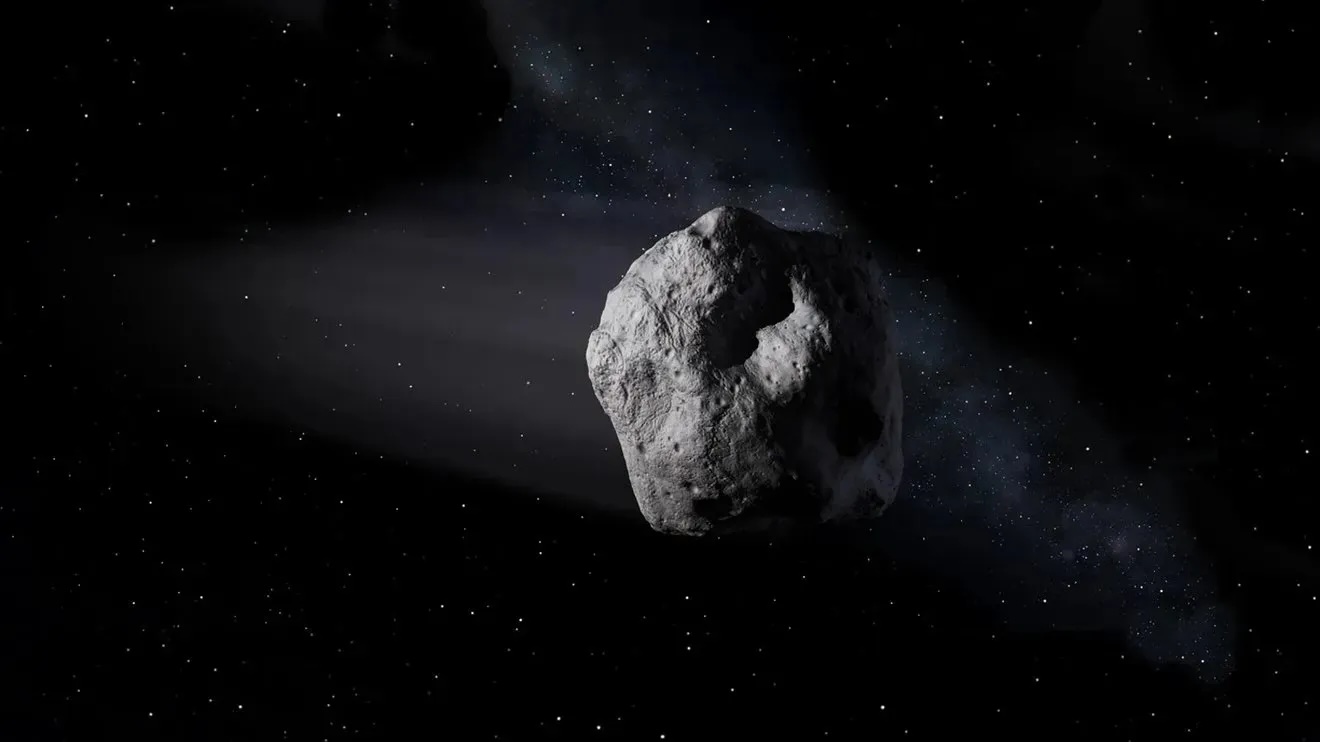When you buy through links on our site , we may earn an affiliate military commission . Here ’s how it works .
TheEuropean Space Agency(ESA ) has just released the first great deal of data from the groundbreakingEuclid quad scope , which was construct to analyze the mysteries of dour matter and morose energy throughout the universe .
The survey datum , released March 19 , includes initial scan of three region that Euclid will respect on a regular basis , as well as detailed categorisation of more than 380,000galaxies — a mere 0.4 % of the galaxy scientist bear to catalog over the mission ’s design six - year lifetime .

Some of the many differently-shaped galaxies captured by Euclid during its first observations of the deep-field areas.
" With the release of the first data from Euclid ’s survey , we are unlocking a treasure treasure trove of information for scientists to dive into and undertake some of the most intriguing question in advanced science,“Carole Mundell , ESA ’s director of scientific discipline , say in astatement .
Euclid , which launched in July 2023 and began roll up data point in February 2024 , train tomap the large - scale anatomical structure of the creation . Understanding this bodily structure through the shapes , size and dispersion of extragalactic nebula could help scientists determine the nature ofdark matteranddark vitality — two mystic phenomenon that together make up an calculate 95 % of the universe but do not interact with illumination and so can not be take directly .
" The full potential of Euclid to learn more about dark issue and dreary vitality from the great - graduated table structure of the cosmic web will be gain only when it has completed its entire survey,“Clotilde Laigle , a Euclid Consortium scientist at Institut d’Astrophysique de Paris , say in the program line . " Yet the book of this first data outlet already offers us a unique first glance at the large - scale organisation of beetleweed , which we can utilise to learn more about galaxy formation over time . "

This zoomed-in image of Euclid’s Deep Field South contains a tiny fraction of the galaxies the telescope will image during its six-year mission.
Related:‘The universe has thrown us a curveball ' : Largest - ever map of space reveals we might have gotten dark DOE totally wrong
The March 19 release includes a undivided scan of each of the deep - field region , three areas of the sky that Euclid will revisit multiple times to watch over far into theuniverse . In these initial trope , the telescope charm 26 million galaxies , the most upstage of which are 10.5 billion light - long time away . ( Alight - yearis the distance light can go in one twelvemonth — about 5.9 trillion mi or 9.5 trillion kilometers . )
" We will observe each mysterious field between 30 and 52 metre over Euclid ’s six class missionary station , each time improving the firmness of how we see those surface area , and the turn of objects we manage to observe,“Valeria Pettorino , Euclid project scientist at ESA , read in the instruction . " Just think of the discoveries that await us . "

— Euclid scope divulge 1st section of declamatory - ever 3D single-valued function of the macrocosm — and there ’s still 99 % to go
— Euclid scope make out rare ' Einstein ring ' hiding near Earth — and an ancient , unidentified galaxy behind it
— Euclid space telescope reveals more than 300,000 young objects in 1st 24 hour of observation ( photos )

Over the grade of its planned missionary work , Euclid will in all likelihood capture figure of 1.5 billion coltsfoot , sending about 100 GB of information back to Earth each twenty-four hour period . To process this tsunami of entropy , Euclid scientist are turning toartificial intelligence(AI ) . Last year , nearly 10,000 volunteer with citizen scientific discipline projectGalaxy Zoohelped aim the " ZooBot " AI algorithm to recognize various features of extragalactic nebula , such as spiral arms , in early Euclid images .
" We ’re looking at galaxy from inwardly to out , from how their intimate structures govern their evolution to how the external environment shapes their transmutation over meter , " Laigle said in the statement . " Euclid is a goldmine of data and its wallop will be far - turn over , from wandflower phylogeny to the big - picture cosmogony goal of the mission . "
You must confirm your public display name before commenting
Please logout and then login again , you will then be prompt to enter your display name .













